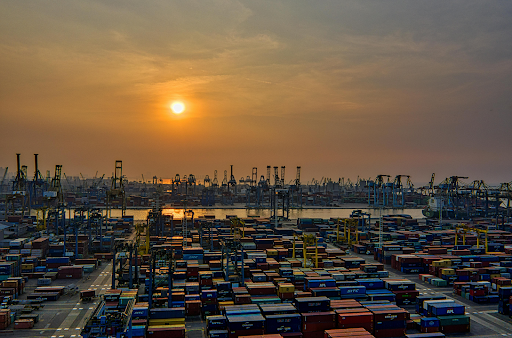A dispute over critical rare-earth minerals has become the flashpoint for a massive trade escalation, with U.S. President Donald Trump threatening 100% tariffs on China after Beijing moved to restrict exports of the materials. This conflict over essential industrial components has pushed the two global powers into their most serious confrontation yet, rattling markets and threatening global supply chains.
The U.S. president shocked investors by accusing China of “very hostile” actions after it announced export controls on minerals like ytterbium and holmium, which are crucial for manufacturing everything from electric vehicles to advanced military hardware. In response, Trump announced the sweeping tariff plan, signaling his administration’s intent to use economic force to counter what it perceives as a strategic threat.
China’s commerce ministry pushed back forcefully, insisting its export controls are legitimate and not intended as a ban on all trade. A spokesperson clarified that the measures were a response to U.S. actions against Chinese companies and that compliant exports for civilian use would still be approved. Beijing’s message was clear: its actions are defensive, while Washington’s are aggressive.
The escalating rhetoric immediately translated into market panic. Wall Street saw a massive selloff, wiping $2 trillion from stock values as the Dow Jones Industrial Average plunged. The fear of a prolonged trade war, centered on control over strategic resources, has created deep uncertainty for investors and businesses alike, with stock futures indicating more volatility ahead.
While U.S. officials like JD Vance have called for a “reasonable” response from China to avert a full-blown crisis, the path to de-escalation is unclear. President Trump’s own messaging has been inconsistent, swinging from aggressive threats to more calming statements on social media. The world now watches as the battle over rare earths threatens to trigger a much wider and more damaging economic conflict.

